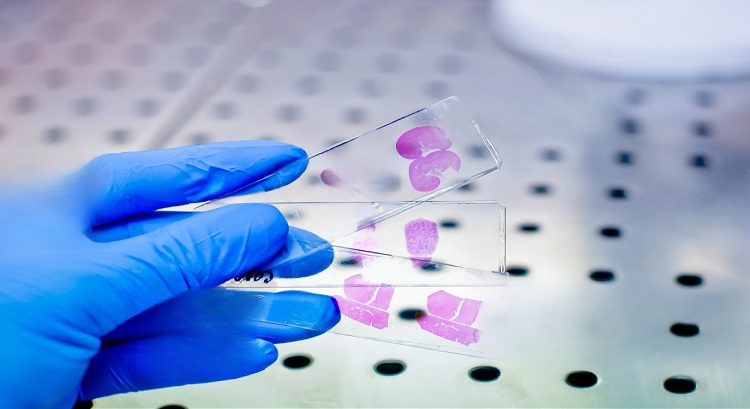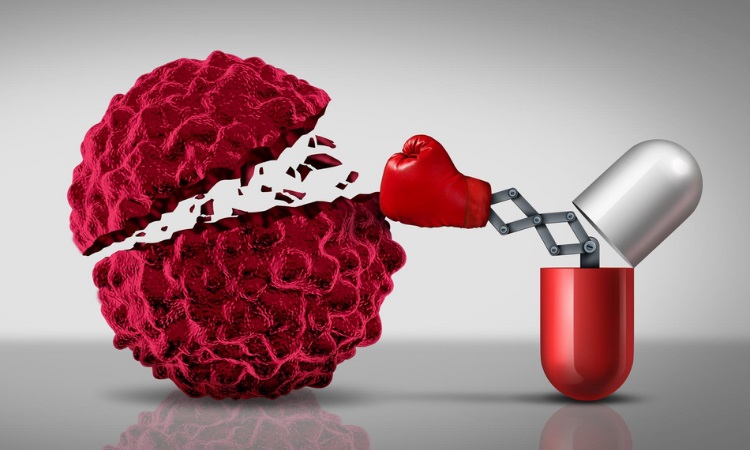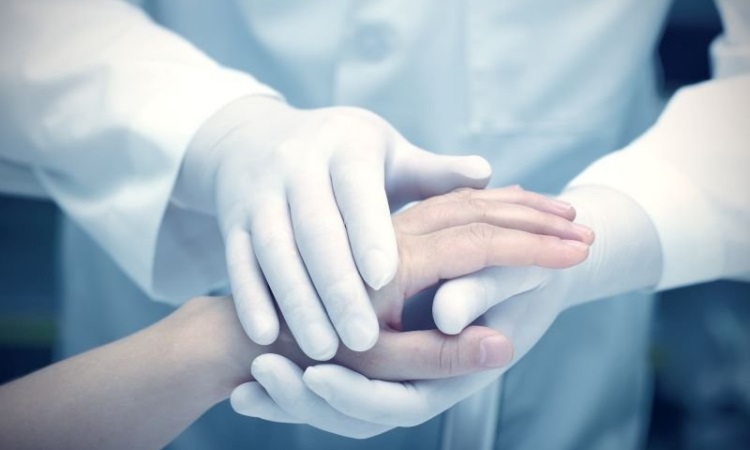A small sample of your skin is usually enough to determine whether or not a growth is cancerous or shows signs of any other skin condition. Still, it is important to care for your skin after a biopsy to ensure proper healing and avoid the risk of infection.
What is a Biopsy?
A biopsy is a method of checking whether a skin sample is cancerous. Skin cancer can creep up on anyone, so it is very important to keep an eye out for new moles, birthmarks, or skin lesions that may be cancerous. If your doctor can’t tell if a growth is cancerous just by examining it, they will most likely recommend a biopsy.
A small sample of your skin will be taken and sent to a lab in order to perform tests on it. Depending on the results of these tests, your doctor can advise you if further treatment is needed.




